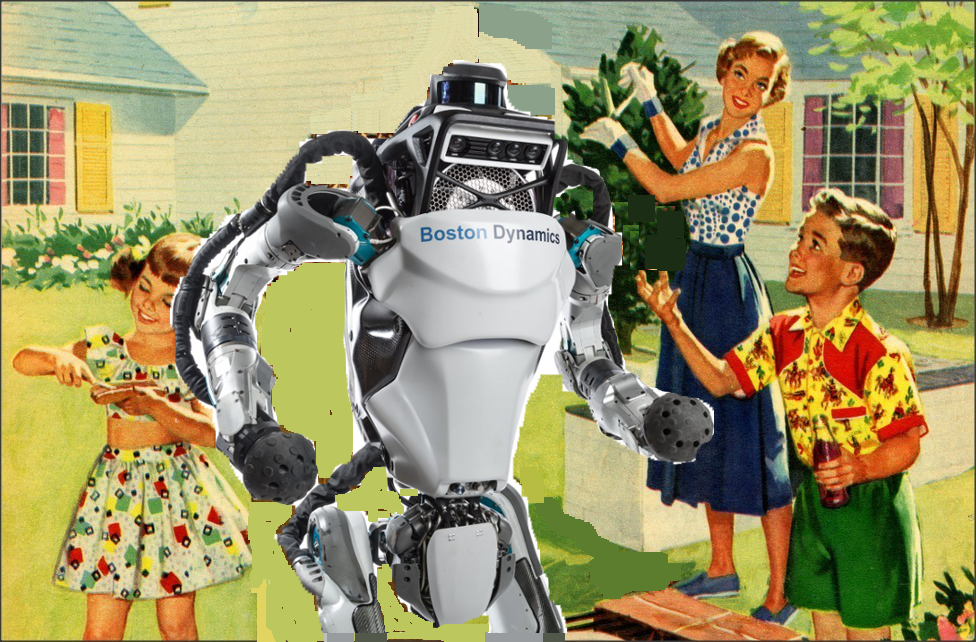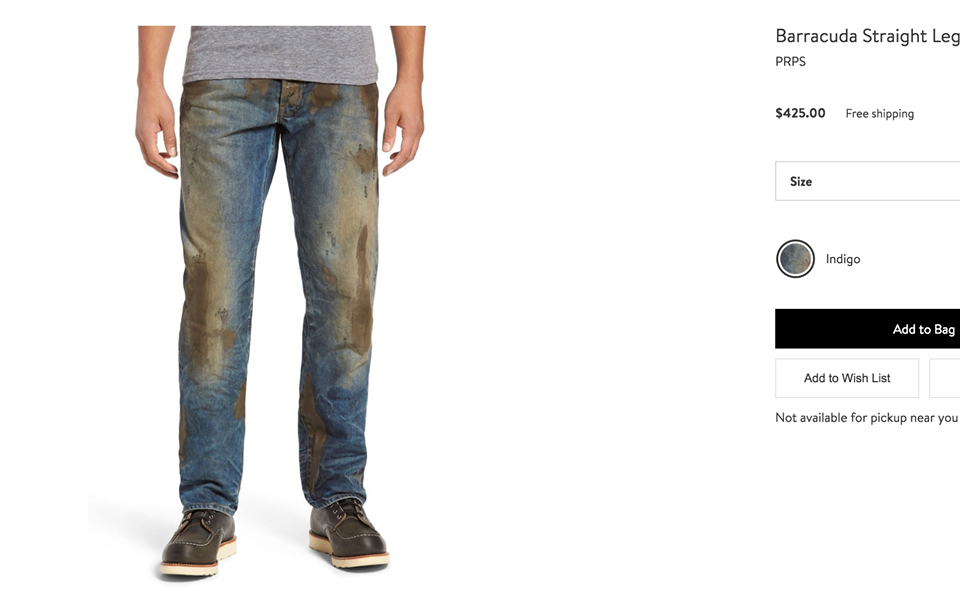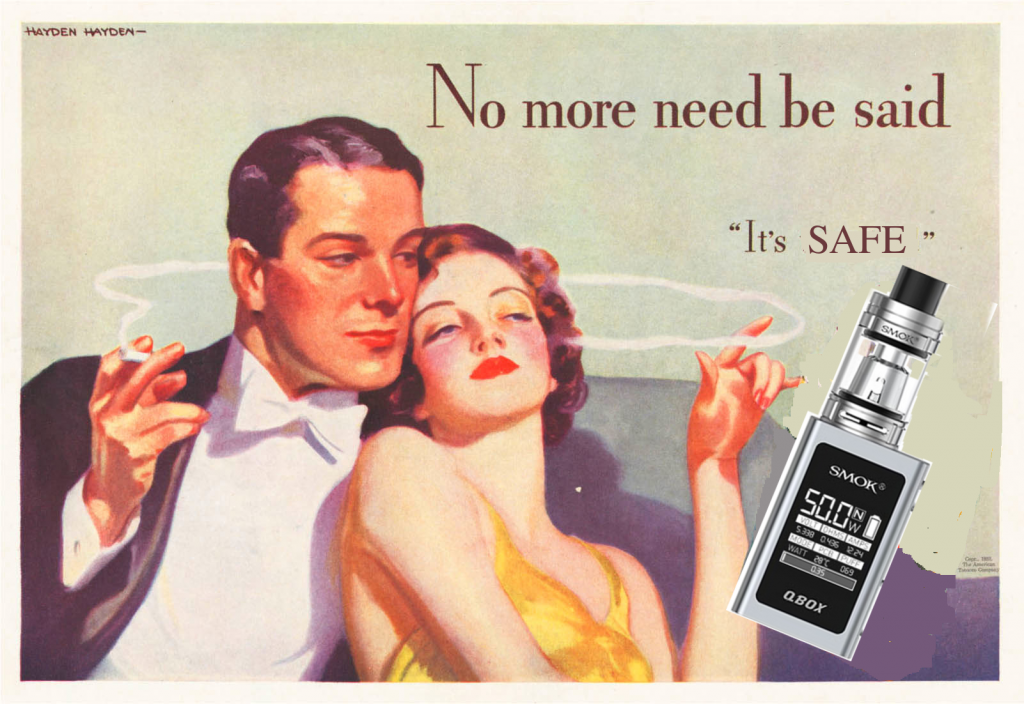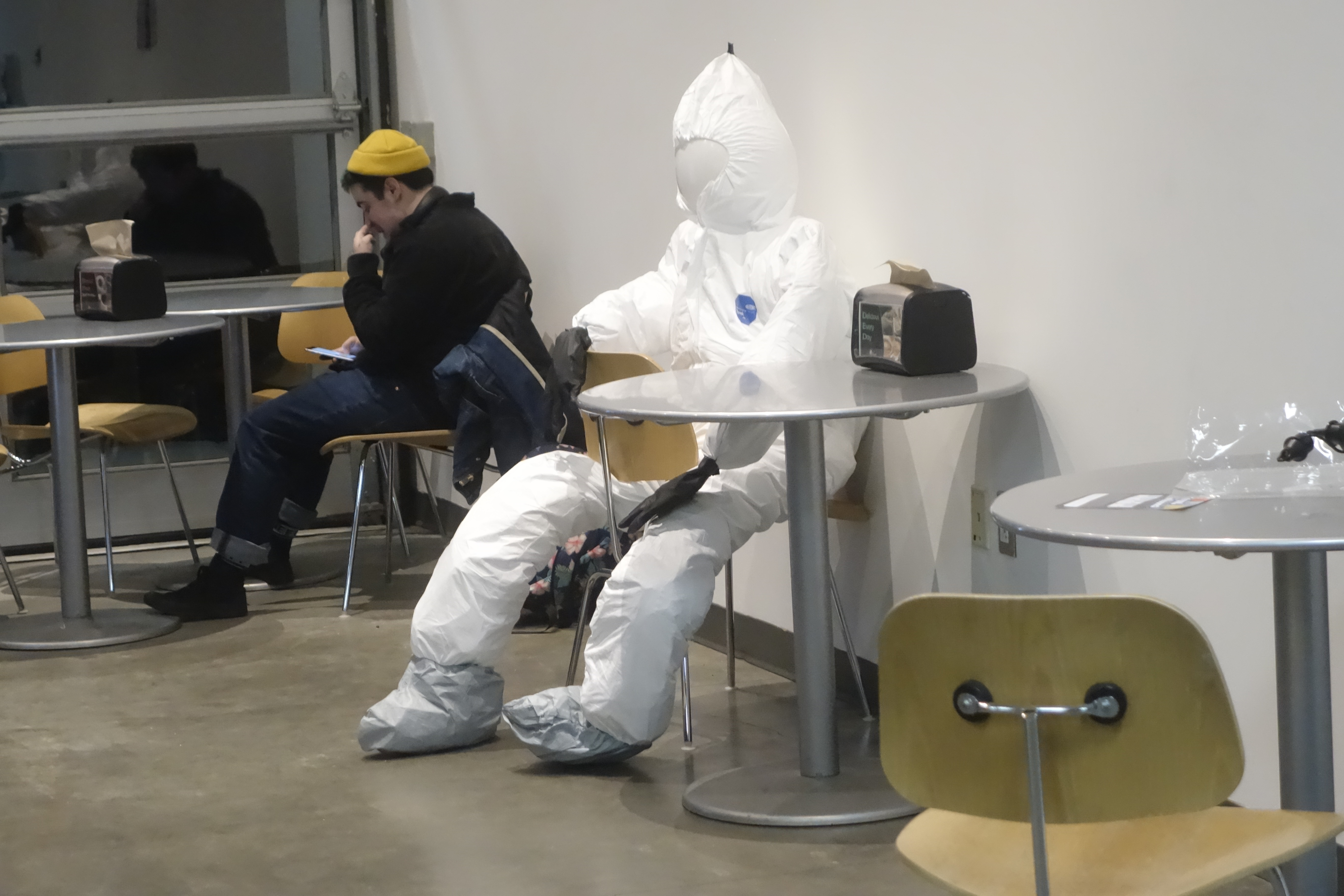My project began centered around this image: a pair of jeans, $425, covered in faux mud. The image was to me a representation of the ways in which more privileged social classes desire the aesthetics of the working class without desiring any of the hardships that go along with them. These jeans, for instance, represent the marketability of clothes that look worked in, and that people will pay ridiculous amounts of money to achieve this look rather than to actually be down working in the dirt for an hour or two.
I had initially conceived a project in which I took obviously used objects, such as dirty/distressed clothing, safety gear, work gear, etc. and sold them as if they were designer. I felt that this could create a reversal of the image of designer clothes made to look lived in.
However, as I worked with this project, I found it incredibly difficult to pin down the visual/object based aesthetics of the working class in a way that was universally recognizable. I tried different approaches, but eventually the project moved in a direction that had tonally been done many times before – that of merely critiquing the ridiculous prices of designer items, rather than focusing on the commodification of working class aesthetics. I conceptualized a couple other ways I could get my point across – a box with supplies to distress jeans (dirt, rusty metal, sandpaper, paint), marketed with a sort of DIY twist; an online shop marketing things as thrifted or vintage rather than new designer.
In an effort to pin down the image vocabulary I was working with, I tried to place the images in a sort of mock “museum” setting. I had hoped isolating the images in a white box would make it easier to figure out how to represent the concepts I was working with, but it proved to be just as difficult as it was in a non-isolated setting. This section of the project permutated to represent the unattainability of the American dream, and I took a more clarifying approach to this permutation, collecting images that helped represent my concept and clarify the ways in which I wanted to present my ideas.
I then ultimately presented my concepts through altered images, finding modern equivalencies with new technology and old advertisements. These images went through multiple permutations, but the theme of technology seemed to fit the project best.
I think there were a few things in my way when I first began executing this project. I began with humor on my mind, but moved away from it when attempting to execute the piece. I tried to jump right in and create a physical piece of work, rather than using words or images to clarify my idea further than what I initially presented to the class. I also set up a barrier for myself when deciding that my visual hijack would take place in physical space, as physical projects require materials and space that I did not necessarily have the means to acquire, or that I did not know how to go about acquiring. When taking inspiration from our readings, I also felt torn between my agreement with Fairey and with Vallen’s critique of Fairey, which I think may have muddled my intent when it came to how to hijack my image.
Ultimately, I found clarity through achievable goals, a great deal of research, and realizing that my work didn’t have to agree entirely with Fairey or Vallen – I could take elements from both, in addition to our other readings.






